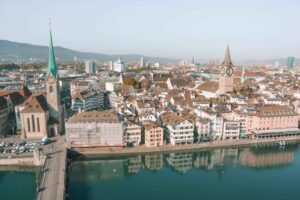
At the end of last year, the National Museum of World Cultures inaugurated the permanent room Türkiye. Crucible of Cultures, which shows the multicultural roots and archaeological wealth in the Anatolian Peninsula in its different historical stages.
This exhibition explores the culture and history of what is now Turkey, from the Neolithic to the Ottoman Empire, based on recent archaeological finds and studies in Anatolia.
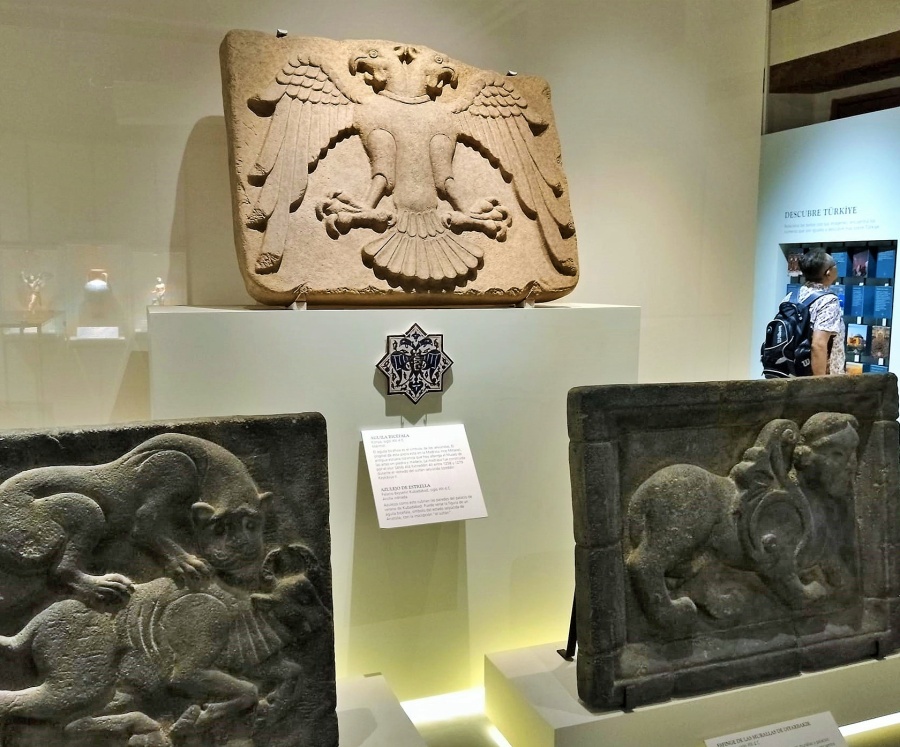
The exhibition traces some of the people who founded the first cities, harvested the first crops and who, by shaping stone, clay and metal, left their mark on various cultures.
It also reviews the cultural diversity that has existed in said area, since due to its geographical location, among important regions of the world, different peoples have developed, found and merged over time, contributing to cultural, artistic, intellectual and technological of humanity.
The exhibition is divided into 13 thematic blocks that show the main historical stages in the peninsula, explaining its cultural influences and transformation processes.
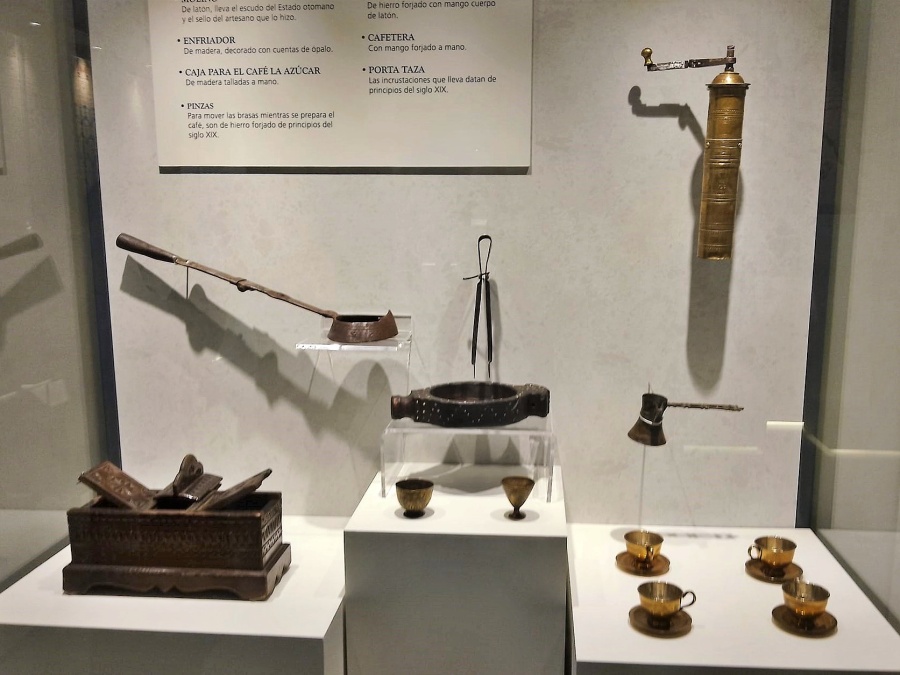
It has more than 70 replicas of pieces of Turkey’s historical, archaeological and ethnographic heritage, as well as educational resources that allow you to explore other aspects of the culture, history and geography of the region.
The sample dates back to the Neolithic (10,000-5,500 BC), passing through the Copper Age (5,500-3,000 BC), the Bronze Age (3,000-1,200 BC) and the Iron Age (1,000-480 BC), with examples of objects found in sites such as Göbekli Tepe, considered the oldest temple in the world; Kültepe and Boğazköy, as well as the sites of Gordion, Altintepe and Toptepe, among others.
It also covers the Hellenistic period (323-31 BC), the Roman Empire (27 BC-395 AD), and the Byzantine Empire (330-1453).

The tour ends with the Turkification and Islamization of Anatolia, after the rise of the Seljuk Sultanate (1075-1308) and the Ottoman Empire (1299-1922), a powerful State that spread throughout Asia, Europe and North Africa.
Without a doubt, this exhibition is perfect to delve into Turkish culture and learn more about its history, culture and customs.
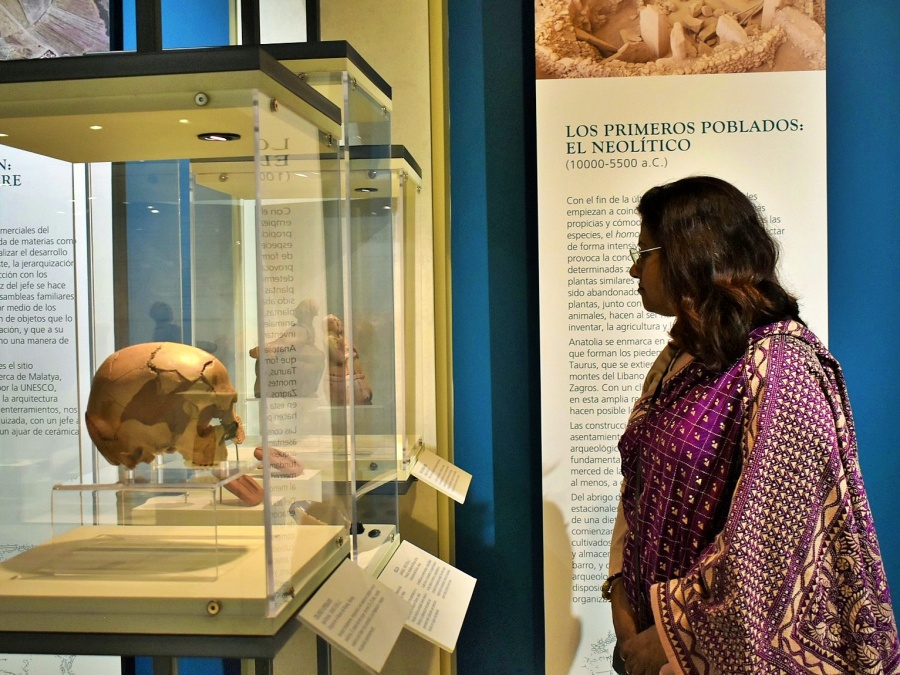
The exhibition was thanks to the collaboration between the Turkish Cooperation and Coordination Agency (TIKA), the Ministry of Culture and Turkish Türkiye, in conjunction with the National Institute of Anthropology and History.
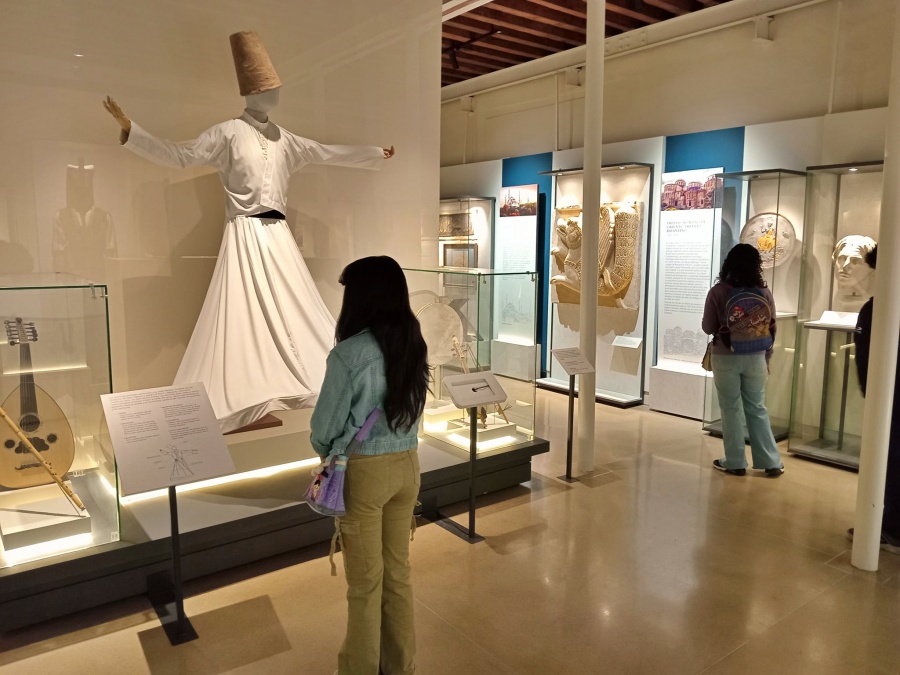
He National Museum of World Cultures is located at Moneda 13, in the Historic Center. It opens from 10:00 a.m. to 6:00 p.m., Tuesday to Sunday, and admission is free.
Source: https://alanxelmundo.com/exponen-en-cdmx-la-cultura-e-historia-de-turquia/?utm_source=rss&utm_medium=rss&utm_campaign=exponen-en-cdmx-la-cultura-e-historia-de-turquia
